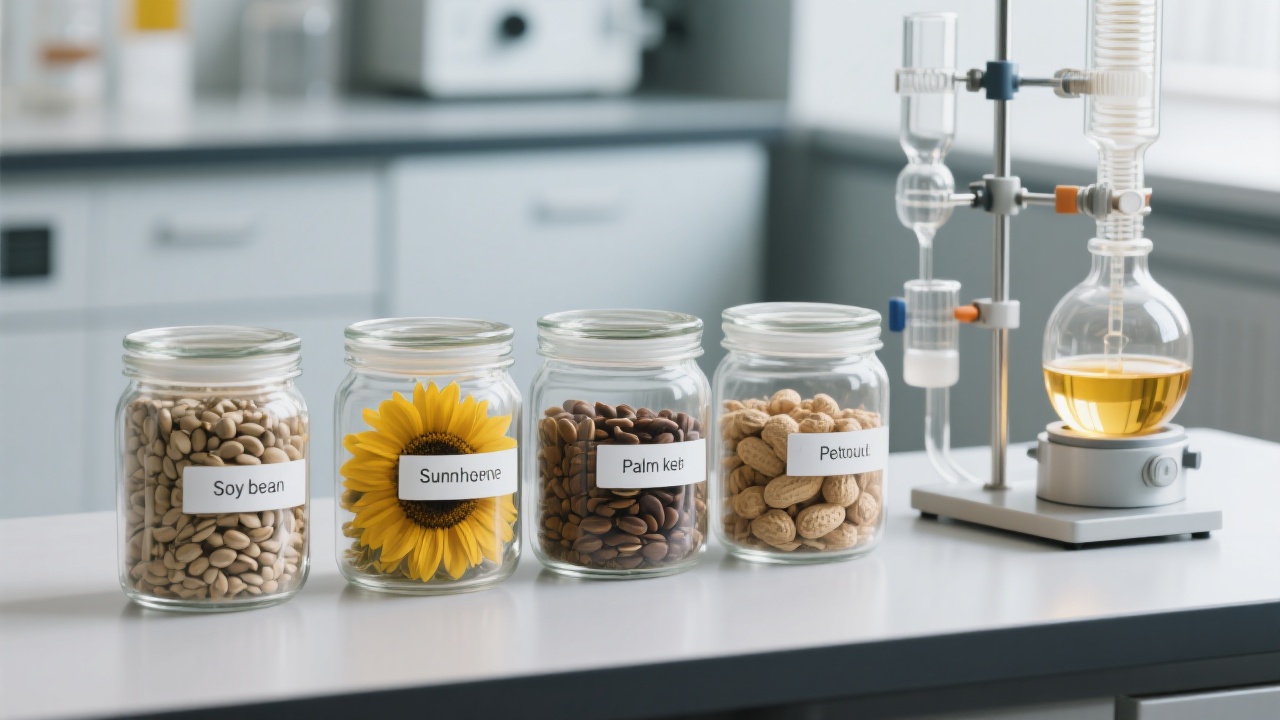
In the field of vegetable oil extraction, solvent extraction technology has emerged as a revolutionary method, especially for soybean and sunflower oil. This technology is based on three core principles: solvent penetration, molecular diffusion, and convective mass transfer.
Solvent penetration is the first step. The solvent seeps into the soybean or sunflower seed cells, breaking through the cell walls. Molecular diffusion then takes over, where the oil molecules in the cells move from an area of high concentration to the solvent with a lower concentration of oil. Finally, convective mass transfer occurs, which is the movement of the solvent - oil mixture, facilitating the extraction process. Compared with traditional pressing methods, solvent extraction has significant advantages. For instance, pressing methods may only achieve an oil extraction rate of about 80 - 85%, while solvent extraction can boost the rate to over 95%.

When it comes to soybean and sunflower oil extraction, several key process parameters play crucial roles. Temperature is one of them. Generally, a higher extraction temperature can accelerate the molecular diffusion rate. For soybean oil extraction, an optimal temperature range of 50 - 60°C can increase the oil extraction rate by about 5 - 10% compared to lower temperatures. However, too high a temperature may cause some components in the oil to degrade, affecting the purity of the product.
The solvent - to - raw - material ratio is another critical factor. A proper ratio can ensure sufficient solvent for oil extraction. For sunflower oil, a solvent - to - seed ratio of 1.5:1 to 2:1 can lead to a high - quality extraction. If the ratio is too low, the extraction may be incomplete; if it is too high, it will increase the cost and the difficulty of solvent recovery.
The residence time also affects the extraction efficiency. A longer residence time allows more oil to be extracted, but it also increases the production time and energy consumption. Usually, a residence time of 60 - 90 minutes is suitable for both soybean and sunflower oil extraction.

In actual production, process debugging is essential. First, start with small - scale tests to find the optimal combination of process parameters. For example, test different temperature settings and solvent ratios on a small batch of raw materials. If the oil extraction rate is low, check the solvent penetration situation. It may be that the raw materials are not properly pre - treated, affecting the solvent's ability to penetrate.
Common problems in the extraction process include solvent leakage and poor oil - solvent separation. For solvent leakage, check the seals of the extraction equipment regularly. If the oil - solvent separation is not good, adjust the temperature and the settling time. These practical debugging methods and problem - solving strategies can help enterprises maintain stable and efficient production.
In today's industrial environment, environmental compliance is a must. Solvent extraction technology can be designed to be more environmentally friendly. For example, using recyclable solvents and proper solvent recovery systems can reduce waste and pollution. Moreover, a well - optimized extraction process can ensure production stability, reducing the risk of production interruptions and ensuring a consistent supply of high - quality oil products.

User feedback shows that after implementing the optimized solvent extraction process, many enterprises have seen a significant improvement in oil extraction efficiency and product purity. Industry trends also indicate that this technology will continue to develop and be widely used in the future.
Are you ready to revolutionize your oil extraction process? Click here to learn more about our advanced oil solvent extraction technology and start your journey towards more efficient and environmentally - friendly production!



